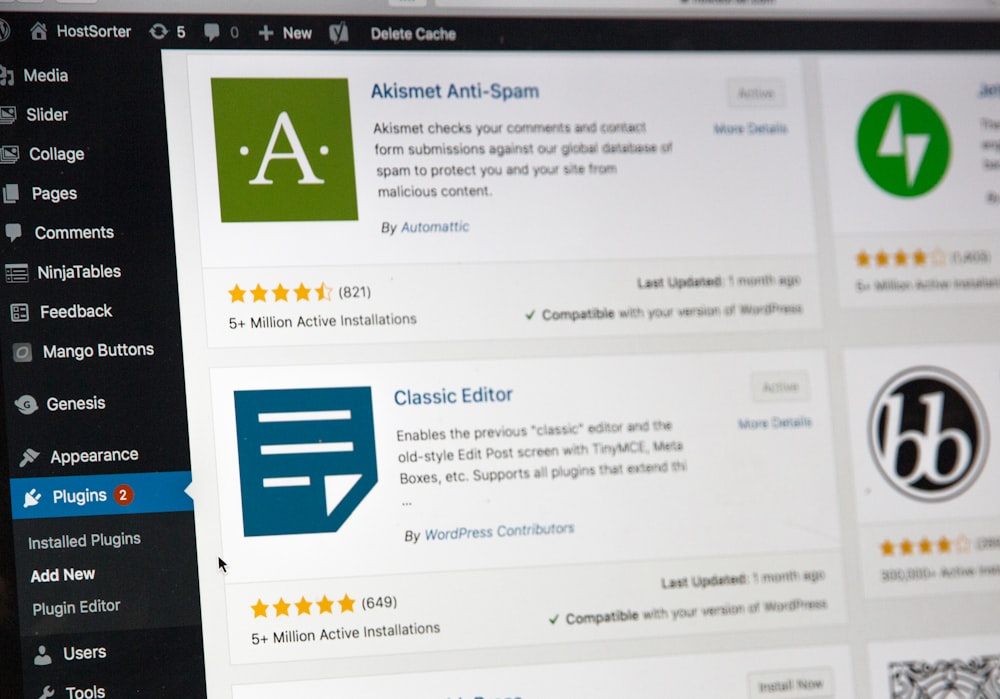2 Backlink Tools You Can Use to Check Link Quality
In my previous post, I shared tips on how to maintain a good PageRank score, and the first tip was to do a backlink audit. But how do we go about that?
Well, you’re in luck because I am now about to discuss a list of backlink tools that you can use to check the quality of links your website is receiving. Before I start, I will leave a disclaimer that I am not any way affiliated to the brands mentioned. I am merely informing you that these backlink tools exist on the internet. At the end of the day, it’s up to you if you choose to use them on your website.

Connecting related piece together.
With the 2 tools mentioned below, you can easily monitor particular links and discover new ways on how to improve link quality. So, here they are:
1. SE Ranking
- SE Ranking can help you monitor up to 75000 backlinks per account. First, you need to choose how often you would like to check the ranking. Then, you will choose a plan that fits your needs. For a daily ranking check, the cheapest option would be $39 per month.
- Other than backlinks, SE Ranking offers a wide variety of tools to help you strengthen your SEO strategy. There are tools that will help in performing a full website audit or web page audit, generating reports, doing keyword research, categorizing keywords, and exploring backlinks.
- However, let’s focus on the Backlink Checker tool. With this, you will be able to see all incoming links to a website. So, whether the website is yours or it’s a rival site, you will be able to view the backlinks.
- Meanwhile, the “monitoring” part is where things get tight. You can only monitor a limited to a specific number links, and do the following:
- Check the backlink’s status.
- See the anchor text, and the date when the link added.
- Know the destination URL.
- Get the exact Domain Trust score.
- The Backlink Monitoring tool allows you to have a more in-depth idea with the backlinks you have, and you get daily or weekly reports depending on your current subscription plan.
- Overall, SE Ranking provides an array of extensive data that is easy to understand. Plus, the clean interface makes it simpler to find and look at the number you need to know. Aside from that, the automatic reporting feature allows to generate comprehensible reports for your clients to read.
2. LinkMiner
- If you need help in finding specific backlinks and you wish to look for new opportunities to backlink, then, LinkMiner is the perfect tool.
- LinkMiner currently has 3 subscription plans: Baisc, Premium, and Agency. With Basic, you are allowed to retrieve 2,000 backlinks in LinkMiner per day. The maximum number is 15,000 backlinks, and you need an Agency subscription for that.
- For the backlink analysis, the LinkMiner Basic plan allows you to evaluate 500 backlinks per day. When you start analyzing backlinks, you can immediately see the website and its URL along with the anchor text used.
- Moreover, the analyzer tool categories the links as either part of a Q&A section, blog post, or a forum, making it convenient to know what backlinks are effective and what are not. Also, LinkMiner has other metrics you can use like Citation Flow, Trust Flow, and Do/NoFollow tags.











